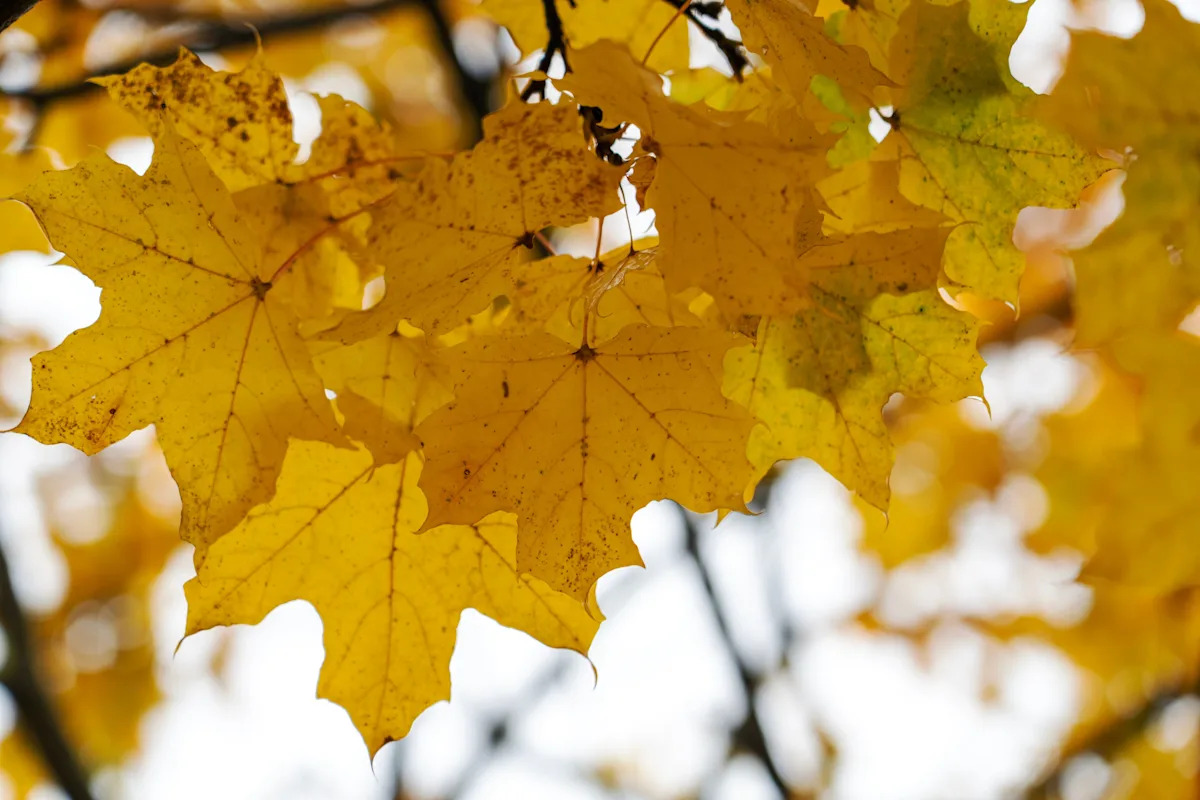Home / Environment / Leaves Bring Life: How Letting Them Be Benefits Your Lawn and Wildlife
Leaves Bring Life: How Letting Them Be Benefits Your Lawn and Wildlife
10 Nov
Summary
- Leaving fallen leaves provides natural nutrients for lawns, reducing need for fertilizers
- Leaves serve as habitat for insects and other wildlife during winter
- Municipalities can save on leaf collection costs if residents leave them in yards

As the weather turns crisp in North Jersey, the annual ritual of leaf-raking is upon us. However, a growing movement is encouraging homeowners to reconsider this practice. The "Leave the Leaves" initiative, promoted by the National Wildlife Federation, highlights the many benefits of allowing fallen foliage to remain in yards.
According to the organization's recent survey, the majority of people still remove their leaves rather than using them for compost or mulch. But experts say this is a missed opportunity. By leaving the leaves, homeowners can provide natural nutrients to their lawn's soil as the organic matter decomposes, eliminating the need for fertilizers. Additionally, the leaves serve as crucial winter habitats for caterpillars, moths, bumblebees, and other insects.
Beyond the environmental advantages, leaving the leaves can also benefit local municipalities. North Jersey towns like Glen Rock and Englewood are encouraging residents to forgo bagging and disposing of their fallen leaves, which can significantly reduce the costs associated with leaf collection.
While some homeowners may prefer a tidy, leaf-free yard, the experts recommend exploring ways to incorporate the fallen foliage, such as mulching it into the lawn or using it to enrich garden beds. With a little adjustment, this autumn's bounty can become a boon for both your property and the local ecosystem.




